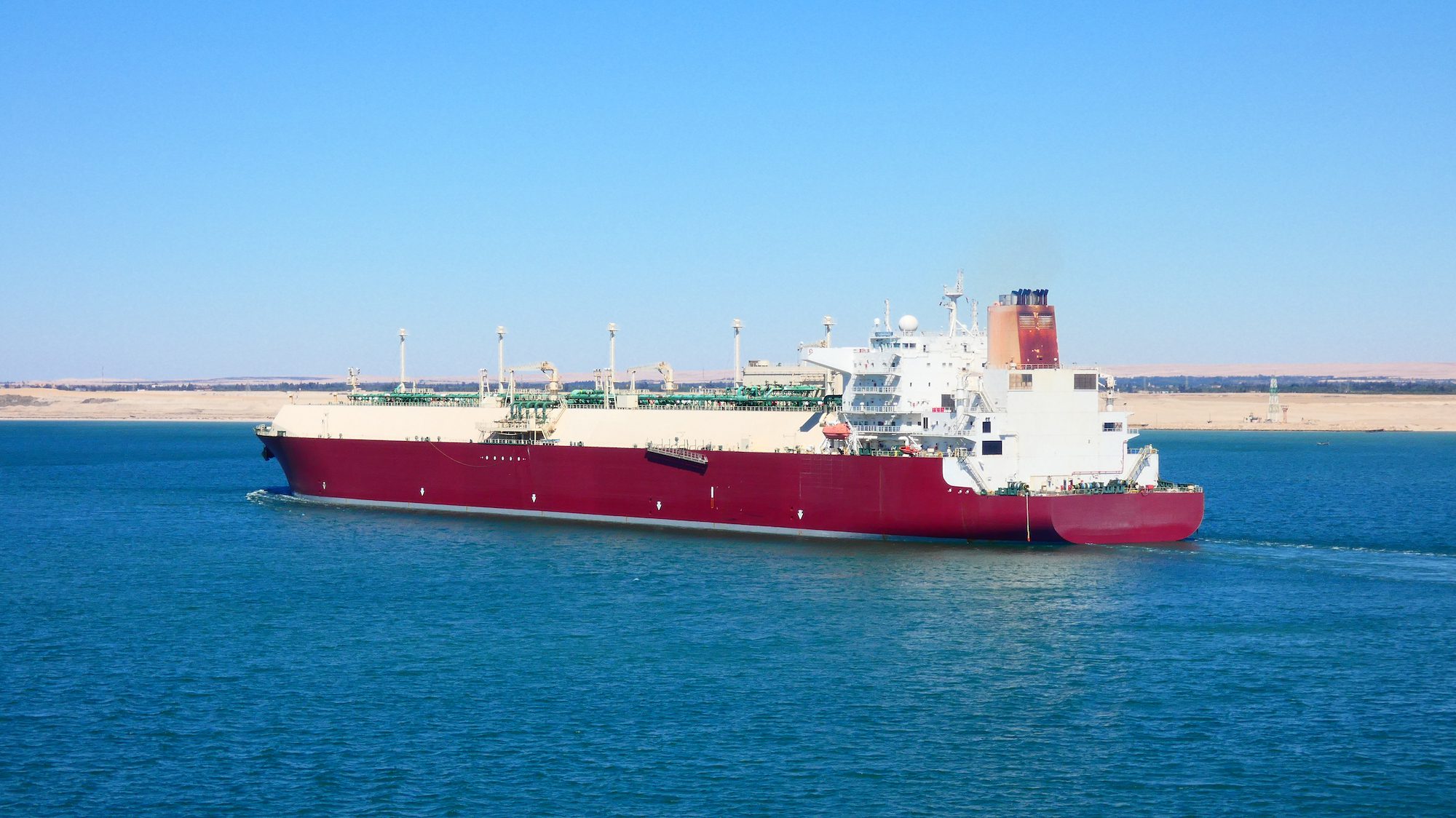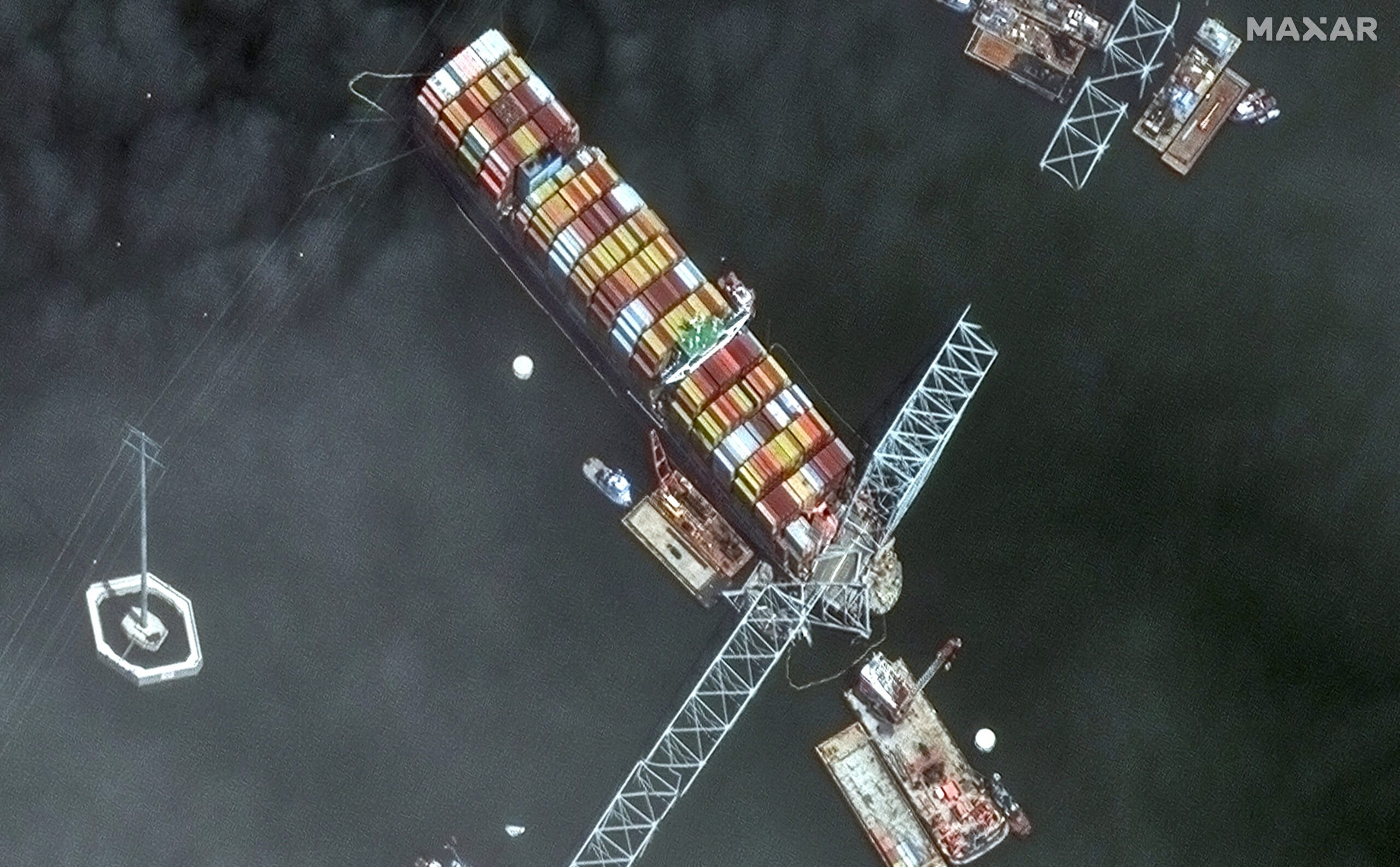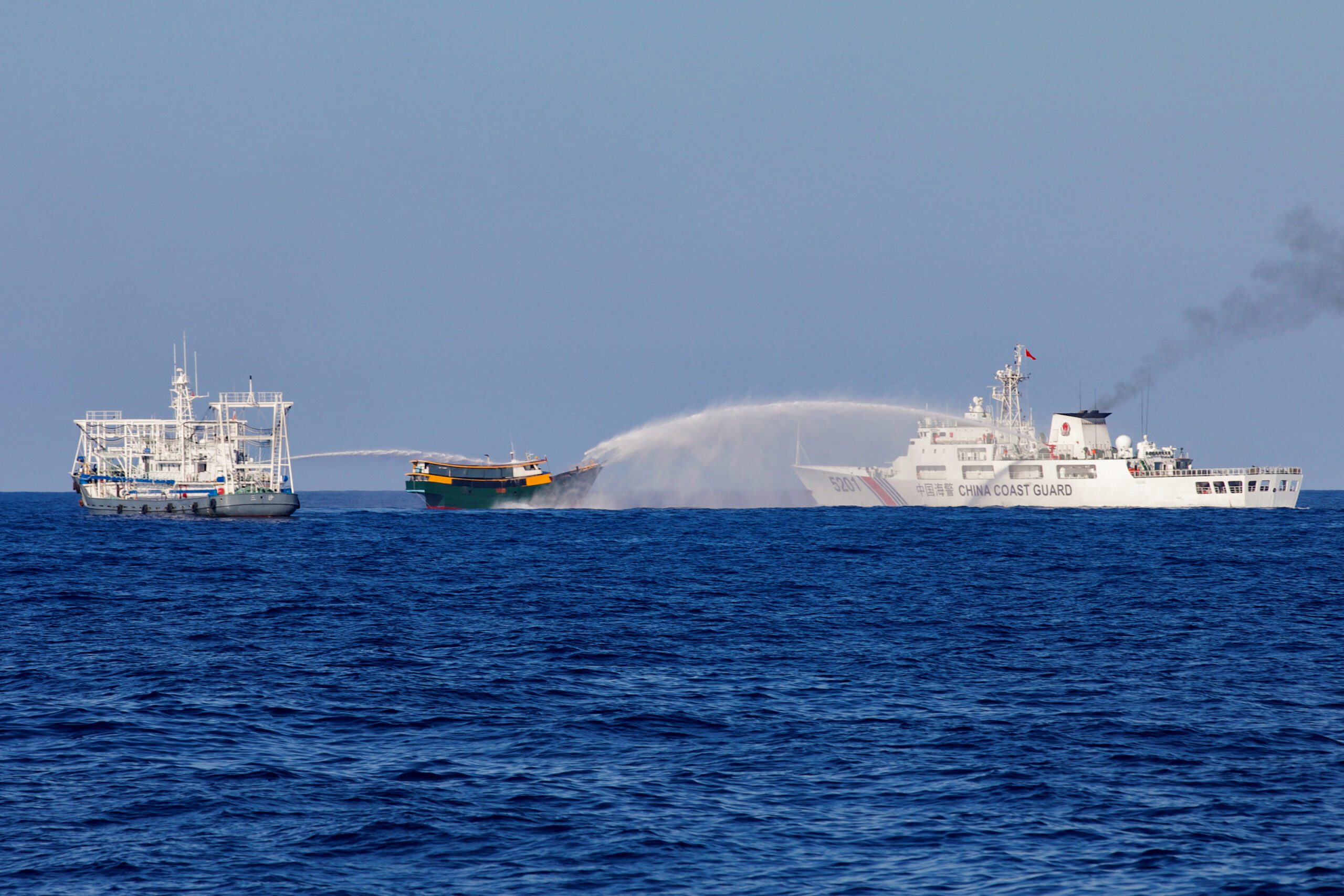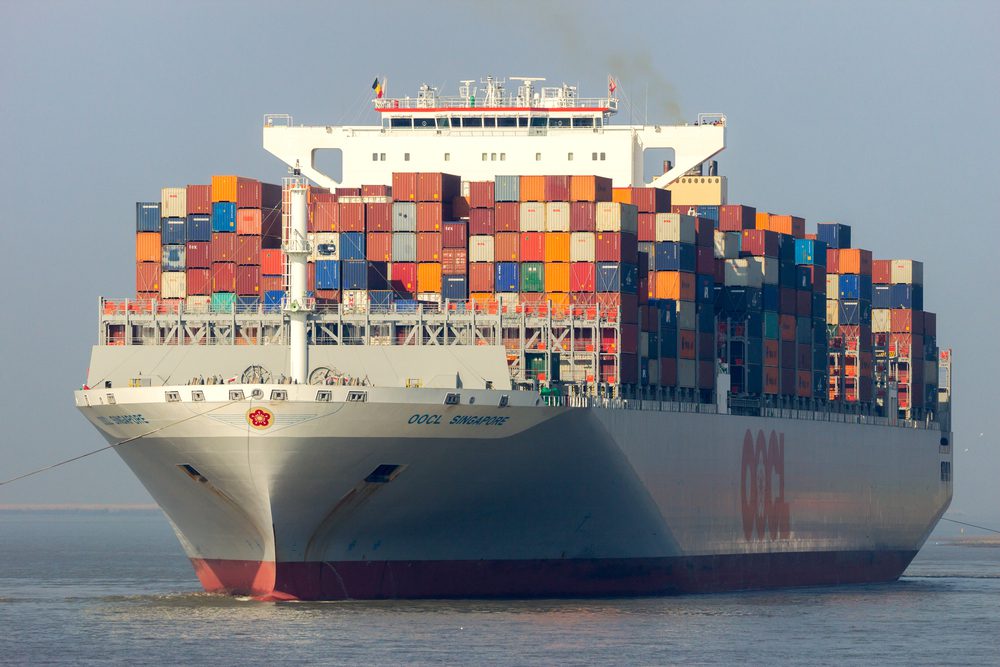By Anna Shiryaevskaya (Bloomberg) —
Unprecedented congestion at the Panama Canal could ultimately result in delays at Egypt’s Suez Canal, potentially affecting cargoes of liquefied natural gas, according to a top official at Greek shipping giant Angelicoussis Group.
“Suez will need to take a lot more vessels” as a result of the crisis in Panama, Sveinung Støhle, the company’s deputy chief executive officer, said at a conference in Athens. “That means that the waiting time on both ends likely will increase.”
A lack of rainfall has dried up a key lake at the Panama Canal, hobbling shipments through one of the world’s most important waterways. The resulting delays have already upended global commerce, forcing some ships to take the long journey around South America.
The Suez Canal, an alternate route for vessels traveling between the US and Asia, has handled congestion issues “very well over the years,” making it “less of an issue, but obviously it’s something you need to be aware of,” Støhle said. Suez has a larger capacity than the Panama waterway, enabling it to handle more ships per day.
Panama Canal Congestion Could Help Steer US LNG Cargoes to Europe
Angelicoussis Group, which dates back to 1947, serves the oil, gas and dry cargo markets. With a fleet that has 29.5 million deadweight tons of transportation capacity, it’s Greece’s largest shipping company, according to data from Clarkson Research Services Ltd., a unit of the world’s biggest shipbroker.
LNG Risk
Because of the back-up at the Panama Canal, only companies that have pre-booked slots will be able to use the waterway, according to Støhle. Only about four or five LNG vessels are now transiting the canal each month, compared with one a day before the crisis, he said.
Prolonged congestion could also lead to a tighter ship market as the world increases its hunger for the fuel. Typically two vessels are needed to haul a million tons of LNG from the US to China, according to Støhle.
“If you can’t go via the Panama Canal, you have to add one more ship for the same volume,” he said. “Where do you get the ships from? That’s is going to be a challenge.”
Europe in particular has become increasingly reliant on LNG as it replaces pipeline gas from Russia, the region’s former top supplier. This should continue for the another three or four years, though the real long-term demand for the fuel will be in Asia, requiring more ships to travel longer distances, according to Maria Angelicoussis, the firm’s chief executive officer.
While more ships are being built, a large portion of older steam vessels is being phased out. “The market will be in balance if not tight,” she said at the same conference.
© 2023 Bloomberg L.P.
Unlock Exclusive Insights Today!
Join the gCaptain Club for curated content, insider opinions, and vibrant community discussions.

 Join The Club
Join The Club













